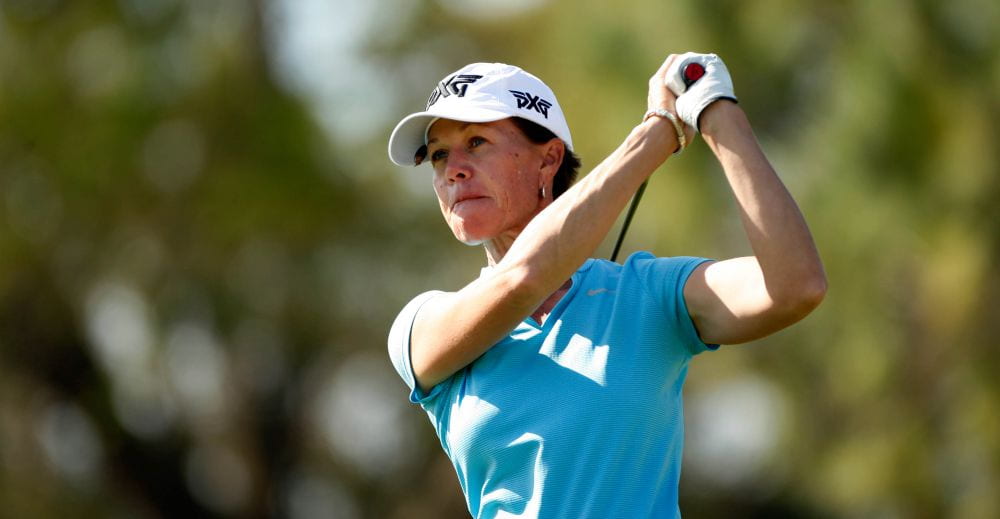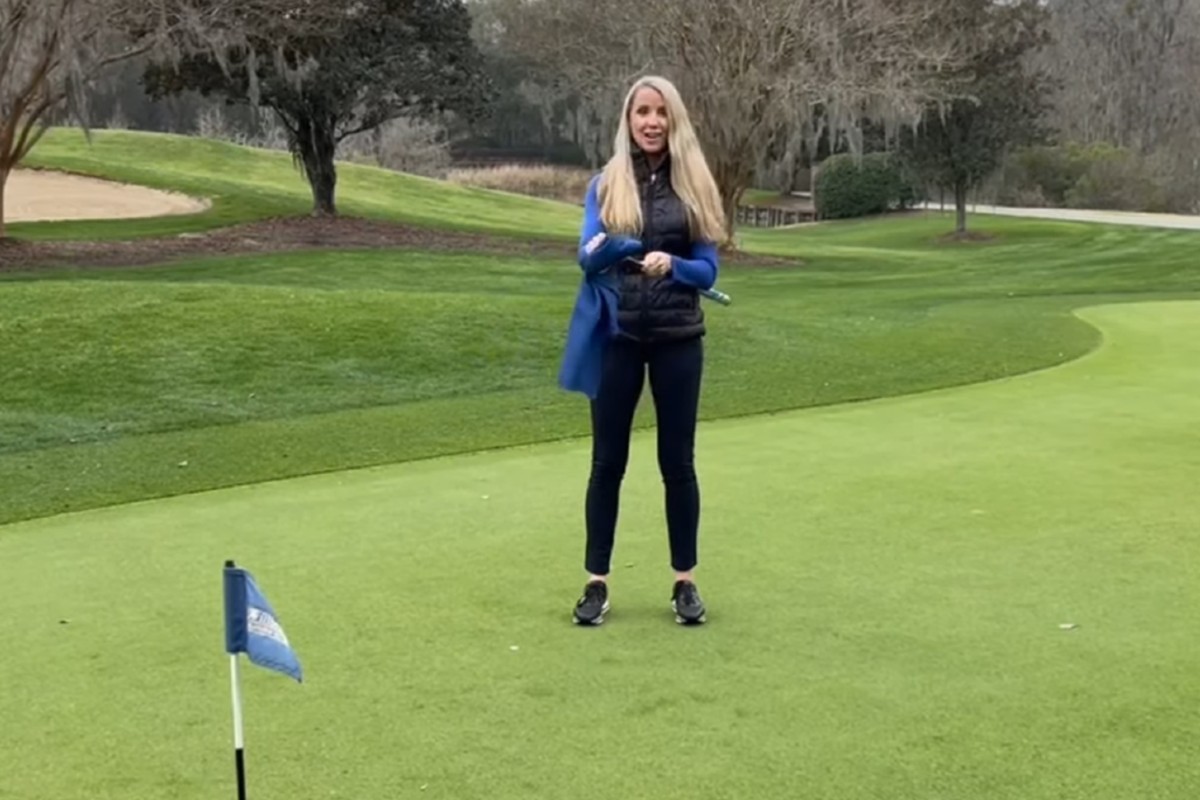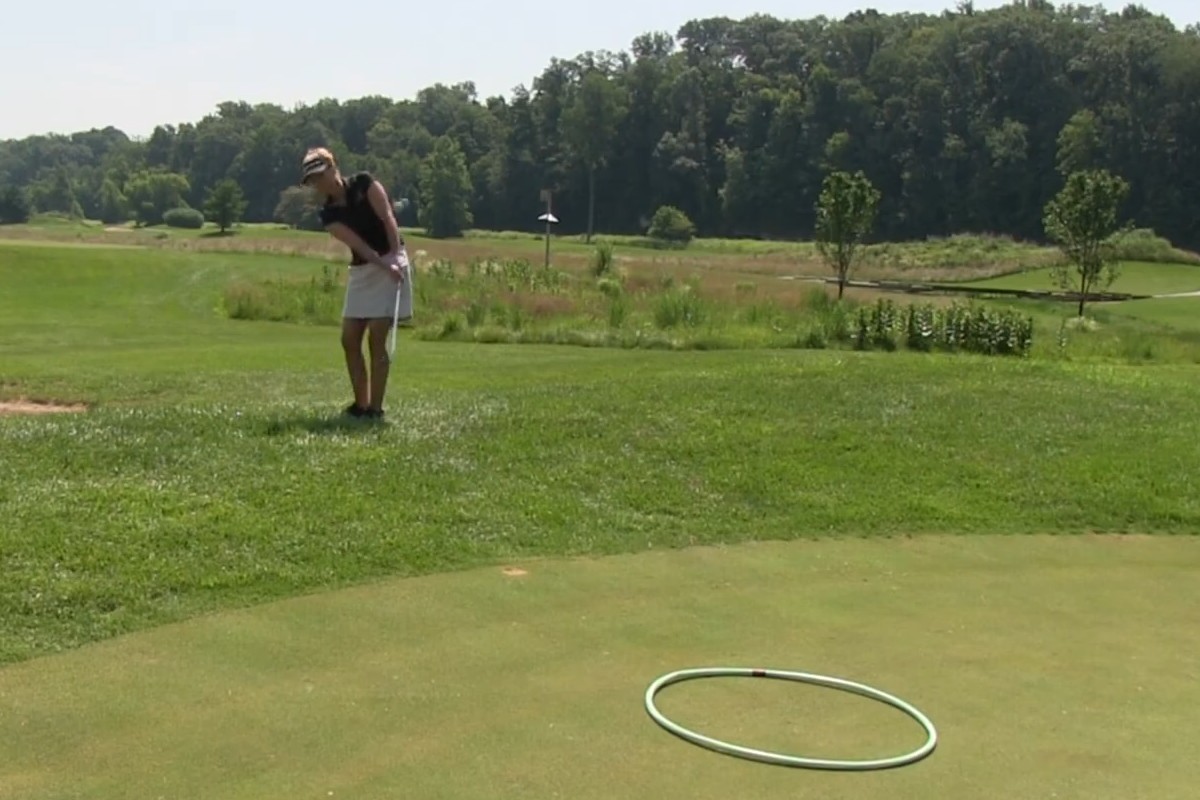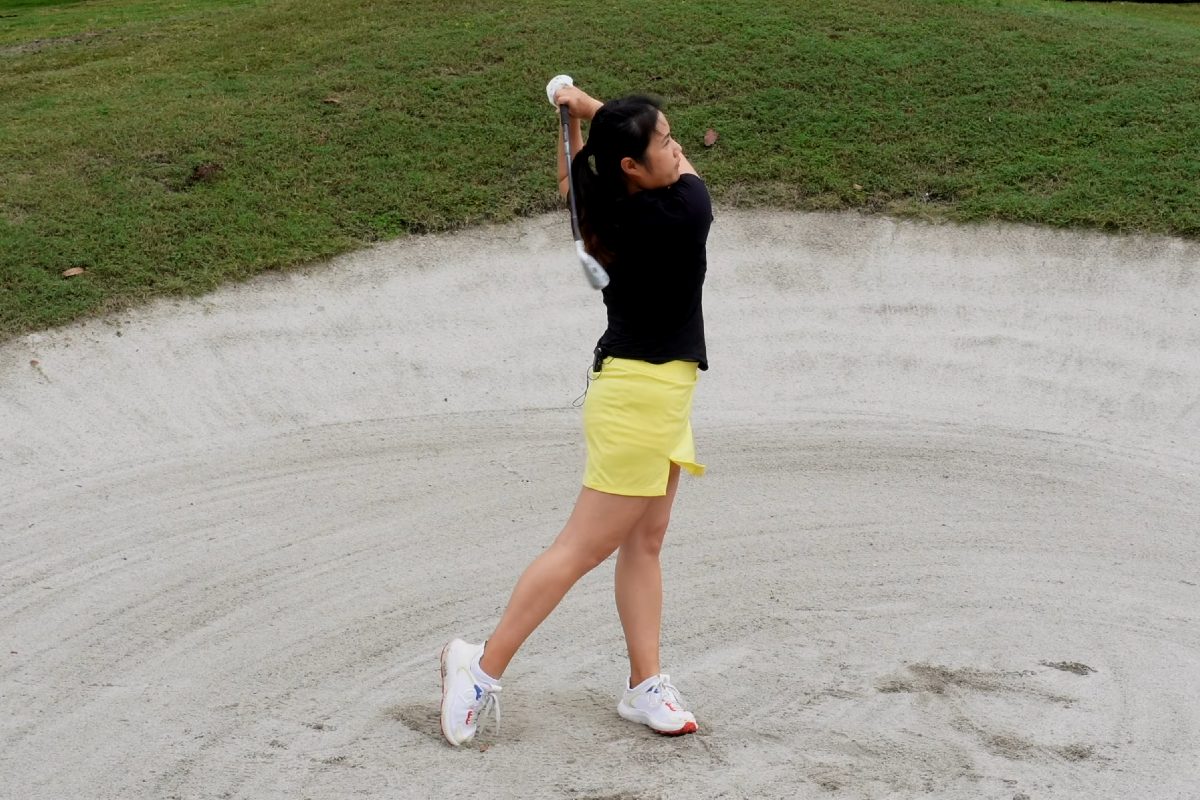In November you assumed the presidency of the PGA. How are your duties changing?
My responsibilities and overall focus won’t deviate too much. I’ve been a board member since 2010, so I’ve been involved with our various initiatives for a number of years. Now I have become the chair of the board and run our meetings and I’ll have more opportunities to interact with our members, staff, partners, and media. But that should be about it in terms of changes. I’m thrilled for the opportunity. We have a tremendous board and a strategic plan in place that we’re all very excited to continue to execute on behalf of our members.
Statistics show that interest in golf from girls and women has never been higher – to what do you attribute this positive trend? What can golf facilities do to further stoke the game’s appeal?
I’m really proud of the concerted effort the entire industry is making to grow the game among women and girls. For example, in 2017, 2.3 million women tried golf for the first time and 25 percent of junior golfers were girls.
But while the trend is positive, there’s still work to be done. We can do even more to make the game look more like the communities we serve.
I think what we’re realizing is that beyond making the game more welcoming, inviting women to play is important. Initiatives like our PGA Women’s Clinics hosted nationwide and the LPGA’s #inviteHER program make so much sense. Think about when you receive an invitation to a party or event, rather than just being “welcome” to attend – the invitation feels more meaningful.
Also, the timing of and messaging about opportunities to experience golf is crucial. What are we doing to help golf fit into women’s hectic personal and professional lives? Are we scheduling events at 10 a.m. on a Tuesday, or at 6 p.m. on a Friday? Do we have equipment available for beginners to use? Are we communicating that sneakers are acceptable, and that golf can be affordable?
Another program I’m a big fan of is the PGA Junior League. It brings boys and girls together from all backgrounds and skill levels to play in a two-person scramble format that encourages sportsmanship and builds confidence. It plants the seed at an early age that no matter where we’re from or what our gender, we’re all golfers!
What do you most enjoy about teaching golf?
I’ve always loved golf; it’s why I’m a Master PGA professional. I love the game, love to be with people, love to be outside. And while I began my career playing on tour, I never imagined that I’d enjoy 30-plus years as an instructor.
Truthfully, I kind of fell into it. My husband is also a PGA professional and when I came off the tour in the early 90s, he was working at a course in Palm Beach, Fla. There was an opportunity to start giving some lessons in the area and I took it. From there, I had the great fortune to learn from Top 100 instructors like Jim Flick, Bob Toski, Martin Hall, Charlie Epps, Mark and Kathy Wood, Laird Small, Dean Reinmuth and Mike Malaska.
I truly enjoy teaching – maybe it’s because my mom was a professor – and golf has given me more than I could ever give back to it. But I’m doing my best to pay it forward as much as possible. My position with the PGA is a volunteer role and I am grateful for the opportunity to give back.

Do you employ any different techniques when teaching a woman versus a man? If so, what are a few of the most important ones? And what about when teaching a junior?
I really don’t employ too many different strategies depending on a student’s gender. It’s more about what they want to accomplish, and then setting goals for their golf journey. I guess you could say one predominant thought I always have when working with a pupil is “How can I get them to love the game as much as I do?”
That said, one area I’ll tend to emphasize a bit more with women is clubhead speed. It’s a gross generalization, but most women aren’t quite as strong as men. Therefore, it’s imperative that they generate as much clubhead speed as they can. This will help them get the ball up in the air a bit more easily and gain some additional distance.
And, because most aren’t going to hit the ball quite as far as men, it’s important that their wedge game from 75-yards and in is especially sharp. Getting up-and-down with greater frequency will really help their scores.
For my male students, the focus tends to be more on improving accuracy, rather than creating more clubhead speed. Finding a few more fairways and greens is usually their quickest route to lower handicaps.
When teaching both boys and girls, it’s all about focusing on speed. Given today’s equipment advances, the game has changed a lot from when I learned it. Distance has become such an important factor, so I’ll focus on how we can max it out before worrying about direction – I can fix that later!
But even more importantly, and going back to what I said earlier, I really want them to fall in love with the game. And to make that happen, I think self-discovery goes a long way. When I can get a junior to embrace the challenge of the game and become his or her own coach, they tend to love it even more.
The Tar Heel Classic Hosted by Suzy Whaley is a women’s collegiate tournament that will take place at Casa de Campo in March 2019. Can you share your impressions of Teeth of the Dog and a few tips for competitors to help them play their best?
I’ve always been interested in an association with a women’s collegiate event. The stars have really aligned for this tournament – it’s not only going to expose competitors to one of the great golf destinations in the world but to make it even more special, I’m a proud North Carolina alumna with a daughter who’s a senior on this year’s team. And to make it a total family affair, my older daughter is an assistant coach for Quinnipiac, which is also scheduled to compete. Beyond the on-course action, the PGA is going to host a recruiting event during the tournament to showcase the many ways the women can remain involved with golf after graduation. It’s going to be awesome!
As for a few tips, I would say number one is to bring your knockdown shot. It can get pretty breezy on Teeth of the Dog, especially on the seven oceanfront holes. Its sister course, Dye Fore, is a very different layout that’s set on rolling terrain high above the Chavon River. It can experience some blustery conditions, too, but even more important to a successful round is being comfortable with playing shots from a wide variety of lies – uphill, downhill and sidehill. Finally, I’d tell the players that they shouldn’t expect to play mistake-free golf; these are both tough tracks. But when an opportunity does present itself to be aggressive – like on some of the inland holes on Teeth of the Dog – they need to take it.
Photographs of Ms. Whaley provided by the PGA of America.







